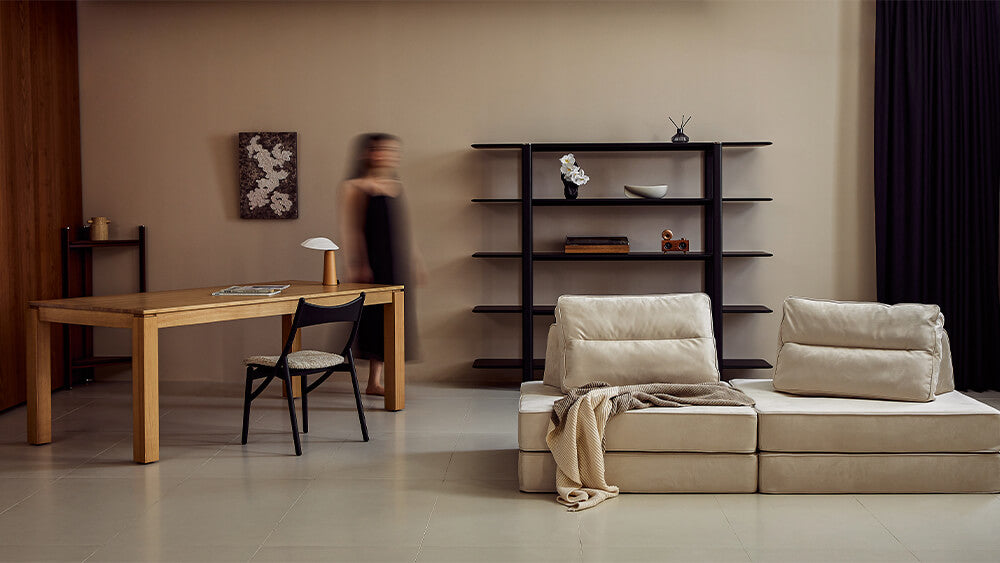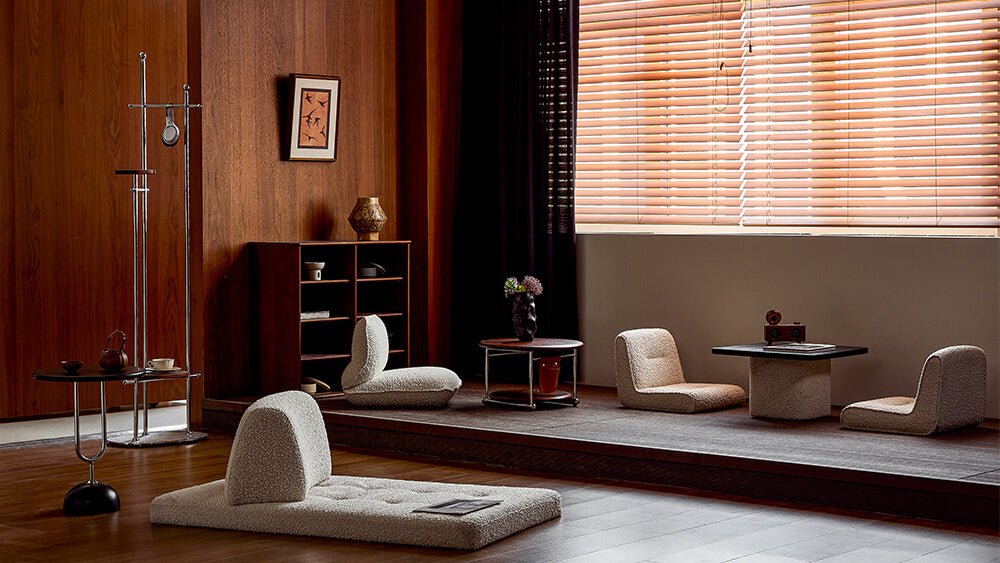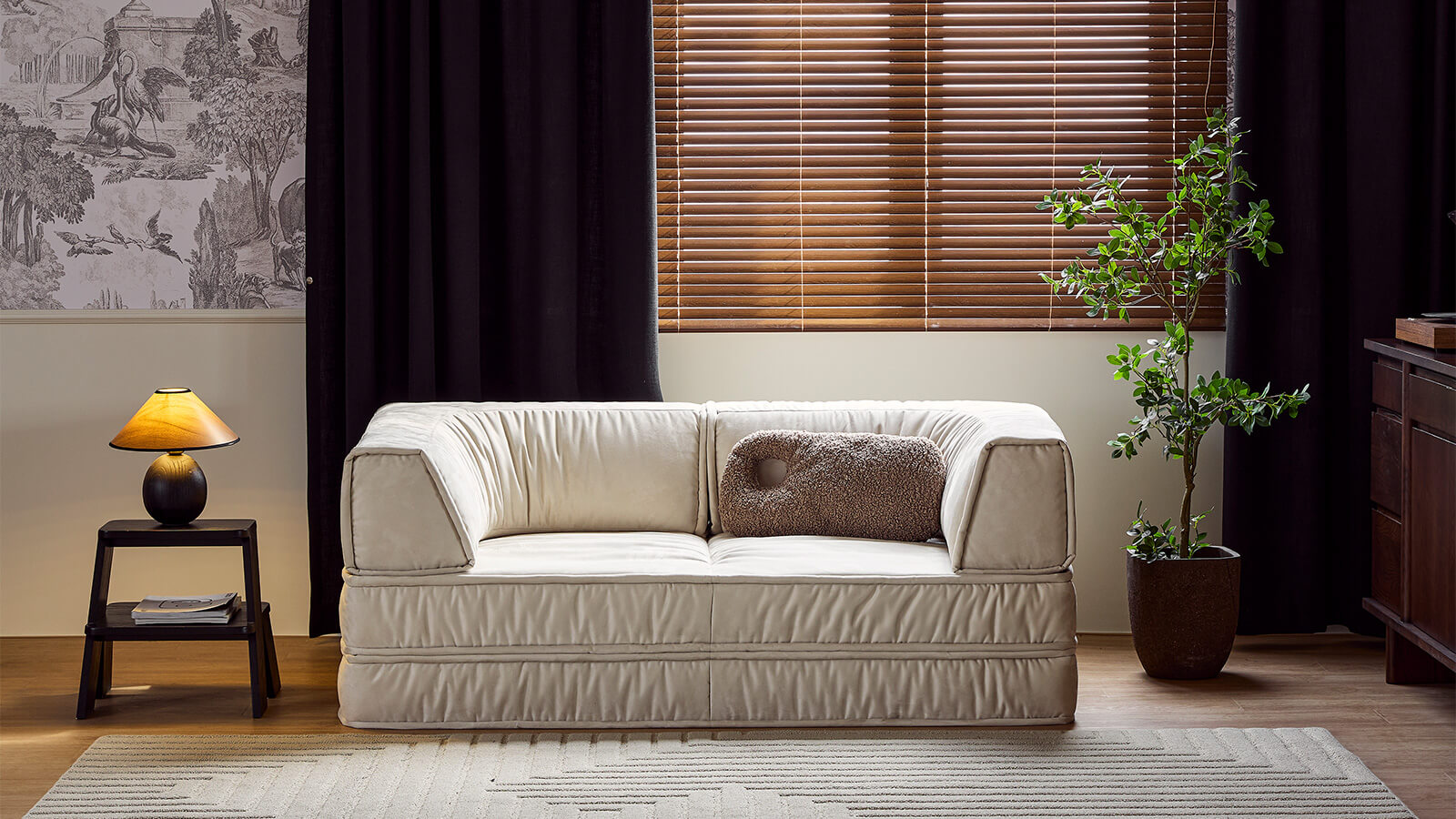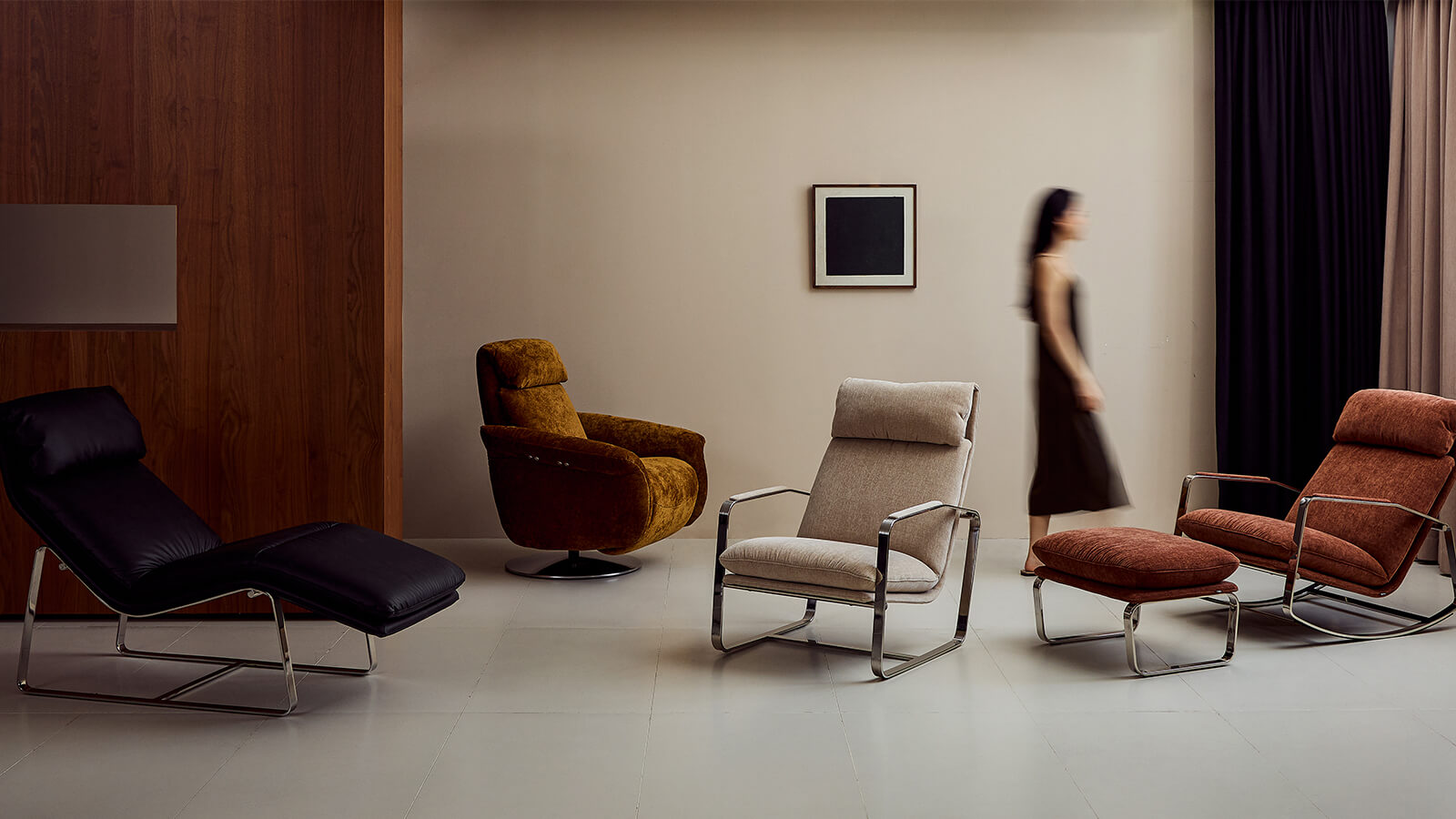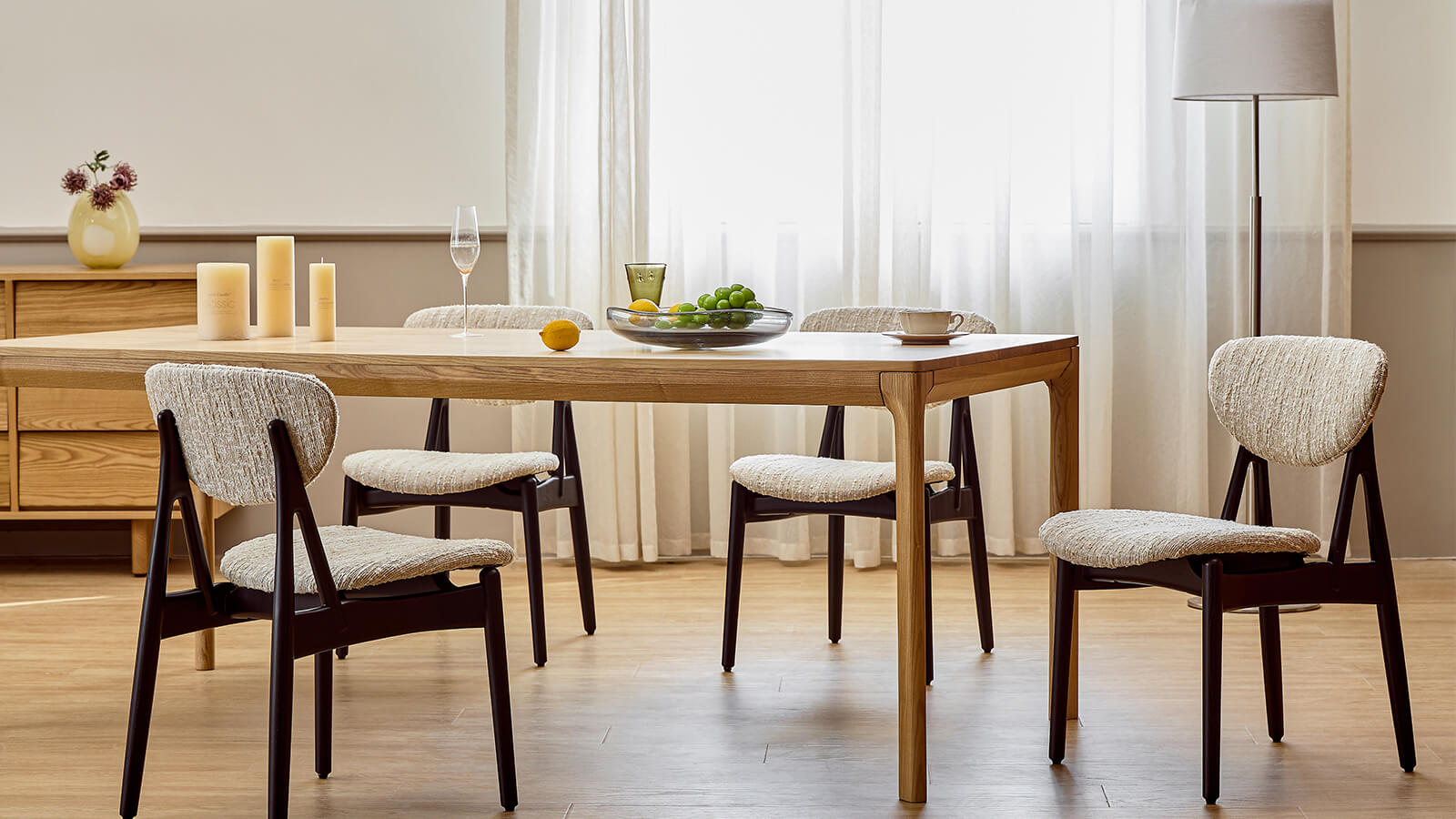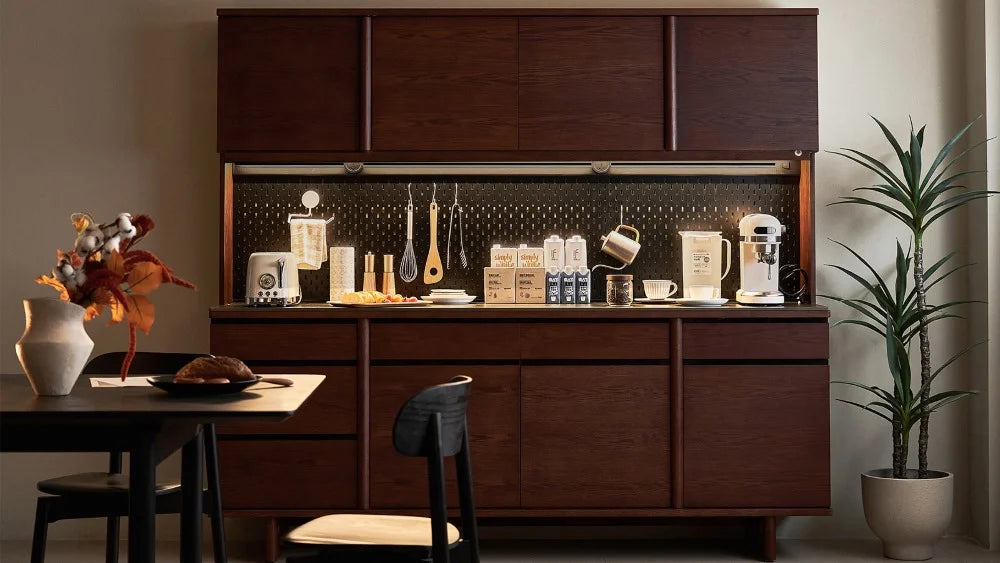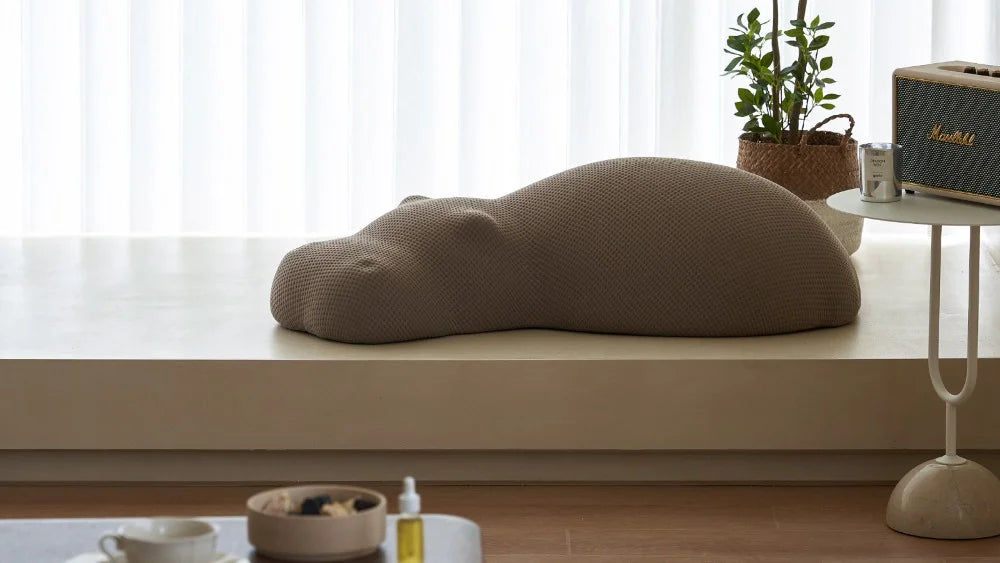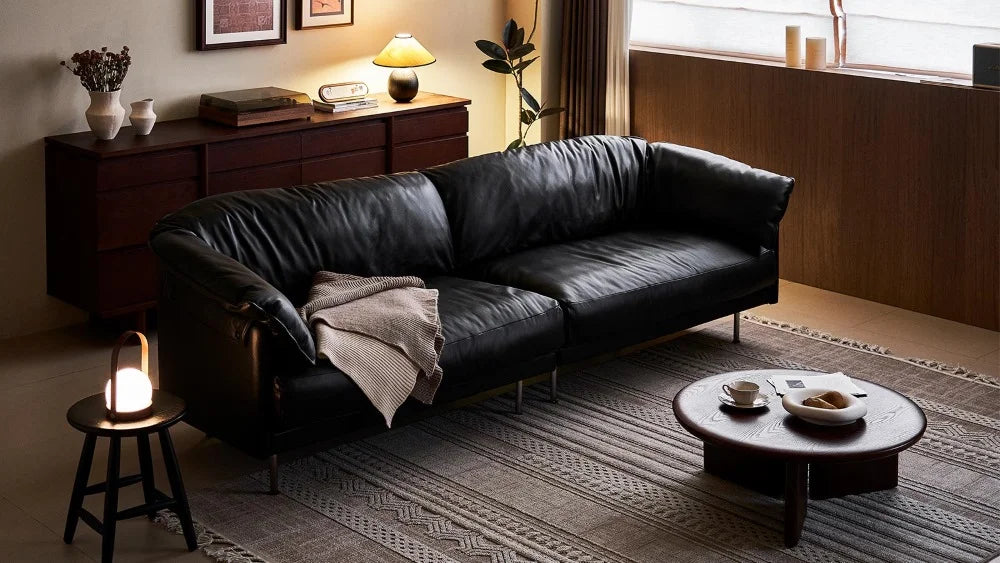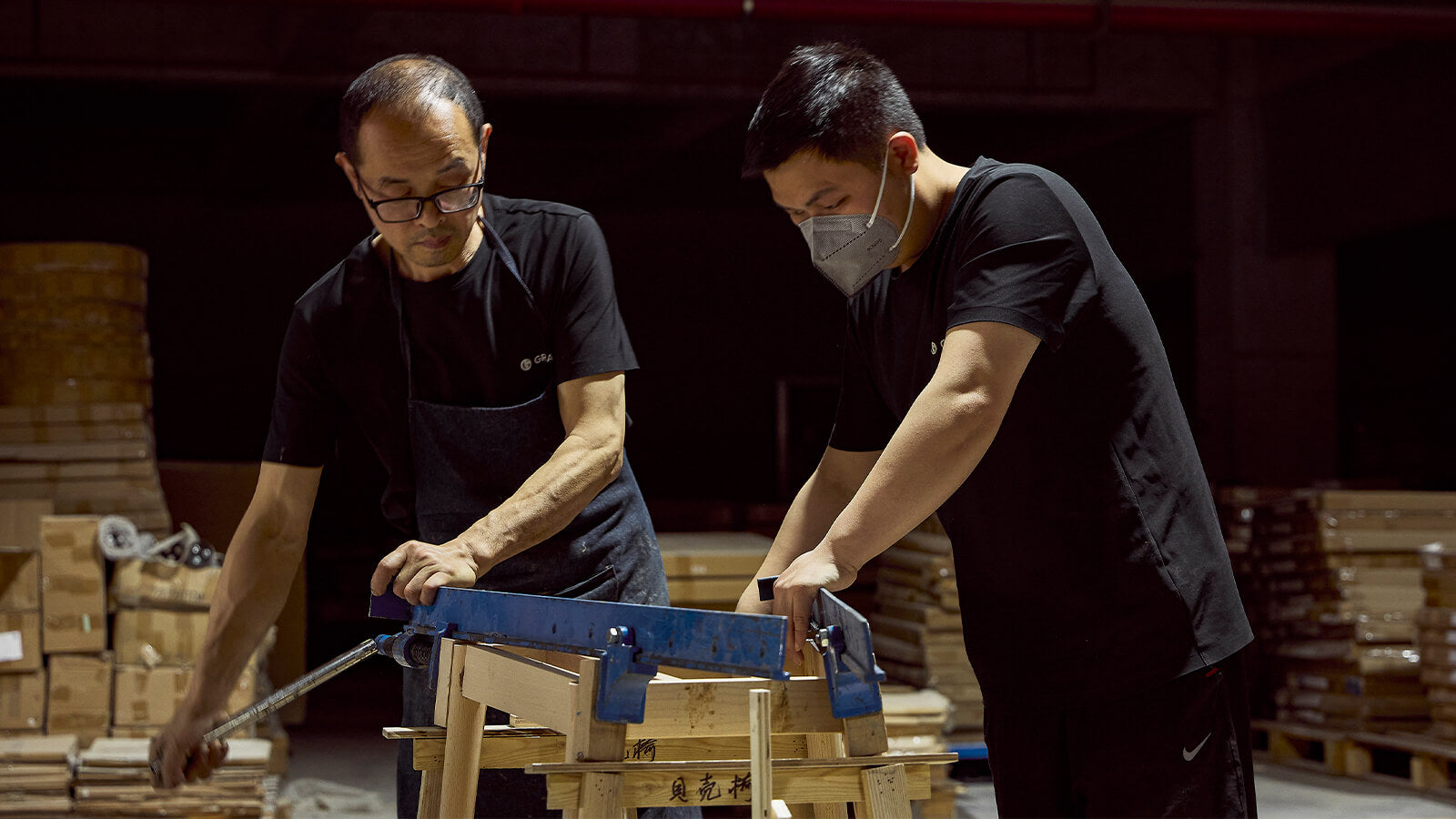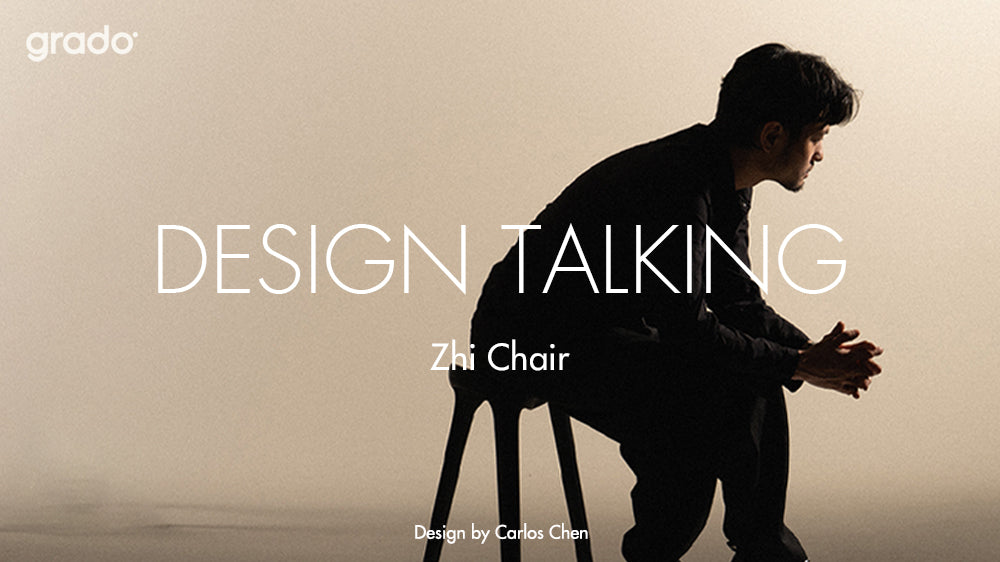Welcome to grado’s Design Q&A Series, where we invite grado’s designers to share their creative thoughts and discoveries from the perspective of design and aesthetics.
Through their lens, we hope to reexamine the furniture that quietly inhabits our spaces-to feel their proportions, light and shadow, structure and emotion-and to understand how they bring warmth and character beyond pure function.
Talking with Carlos Chen

The Zhi Chair embodies a balance between artistry and practicality through its unique geometric form. It merges the avant-garde spirit of modern design with a sense of homely comfort. Its sculptural silhouette brings a lively rhythm to any space—and that's why so many people are instantly drawn to its bold, expressive presence.
Q: What inspired the design of the Zhi Chair?
A: I was deeply influenced by Gerrit Rietveld's Zig-Zag Chair from 1934. It broke away from the conventional image of what a chair should be, using an experimental structure that challenged the standard definition of "comfort." That non-traditional mindset really inspired me-especially the idea of pushing structural and aesthetic boundaries to create a forward-looking sensory experience.
The Zhi Chair pays tribute to that classic, retaining its daring geometric attitude and structural audacity. But I also drew inspiration from the flowing strength found in the Chinese character "之" giving the piece a kind of calligraphic soul. Wrapped in soft upholstery, it combines visual impact with everyday comfort, merging artistry with usability.
Q: How does your personal design philosophy manifest in the Zhi Chair?
A: I place my design focus on exploring future directions, or on solving the problems of the present well. I don't let myself be constrained by trends or short-lived phenomena like retro movements — it's a kind of long-termism.

Q: You've mentioned the aesthetics of stability within instability. Could you elaborate on that?
A: This idea comes from design psychology. I enjoy finding stability within an unstable state-like capturing a dynamic moment that's suddenly frozen in time. That tension creates emotional depth.It makes people subconsciously want to reach out, to "stabilize" the moment, and in doing so, evokes both curiosity and introspection. It's more about triggering an emotional and psychological resonance than simply creating form.

A design that freezes motion — stable, dynamic, and emotionally resonant.
Q: How do you find the balance between art and practicality, especially in a design like the Zhi Chair?
A: I usually start from an artistic standpoint-thinking about how to challenge traditional forms and structures. But design isn't just about expression, it must also serve real needs like comfort and usability. So, I always try to combine artistic ideals with functional solutions-finding a middle ground between aesthetics and practicality. That's the beauty of design: it conveys emotion while still fitting seamlessly into daily life.
Q: What challenges did you encounter while working with the grado team?
A: The Zhi Chair looks simple, but it's quite complex. Minimalism demands precision-every detail matters. The innovative structure presented plenty of technical challenges. The grado team showed incredible dedication and craftsmanship. We went through multiple prototypes, and the final version honestly surprised me.

Q: Looking ahead, what changes would you like to bring to future home design? Do you plan to collaborate further with grado?
A: I've always been drawn to designs that go against the mainstream. I want my creations to feel like wildflowers growing unexpectedly in the landscape of the furniture world-surprising and full of vitality.
And yes, I definitely hope to collaborate more deeply with grado. Together, we can bring more innovative and forward-thinking designs to the market-pieces that resonate both aesthetically and emotionally over time.


